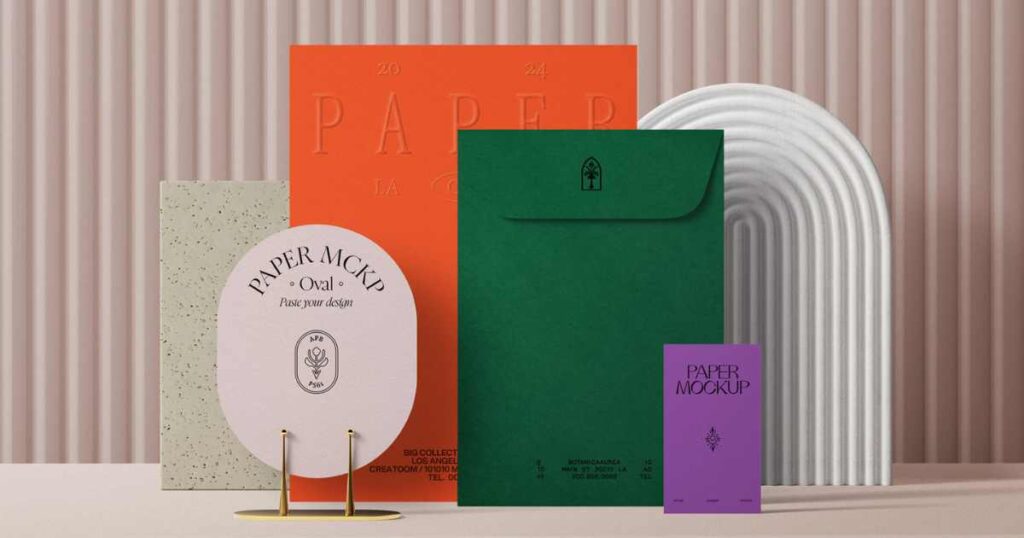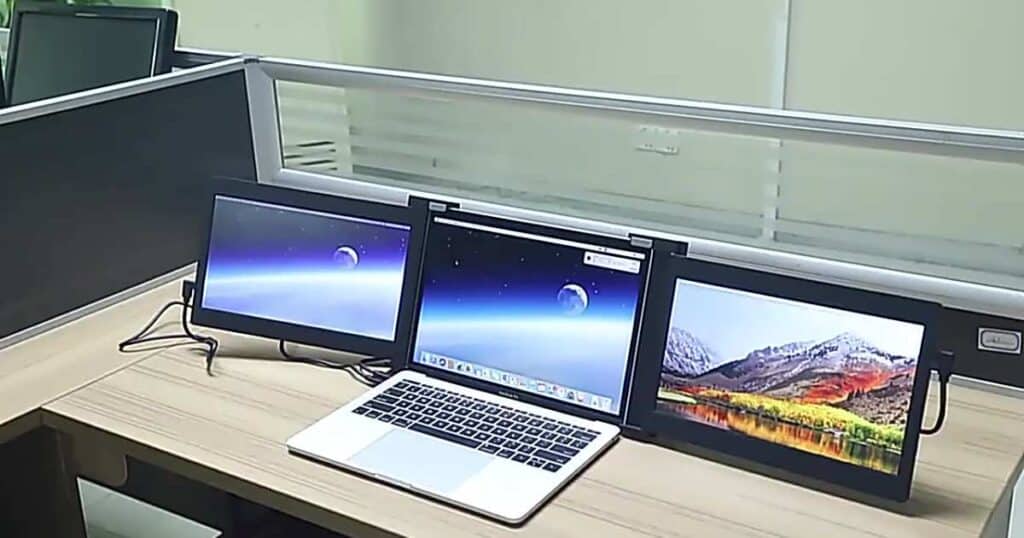Creating a mockup in Photoshop is an essential skill for designers and marketers alike. Whether you’re presenting a new product concept or showcasing a design proposal, a mockup allows you to bring your ideas to life in a visually engaging way. This professional guide will walk you through the process of creating a mockup in Photoshop, from understanding the benefits of using this powerful tool to mastering the essential tools and features.
With step-by-step instructions and advanced techniques, you’ll learn how to create realistic mockups that impress your clients and stakeholders. You’ll discover tips for effective mockup presentations and troubleshooting common issues that may arise. Finally, you’ll explore various sharing and exporting options to showcase your mockups to the world. Let’s get started on creating stunning mockups in Photoshop.
Key Takeaways
- Photoshop offers an extensive range of tools and capabilities for creating mockups.
- Product mockups are visual representations used to showcase design, functionality, or packaging.
- Essential tools in Photoshop for creating mockups include the selection tool, brush tool, layers panel, and transform tools.
- Advanced techniques in Photoshop can be used to create realistic mockups that closely resemble the final product.
Why Use Photoshop for Mockups
Photoshop is widely preferred for creating mockups due to its extensive range of tools and capabilities. With Photoshop, designers have access to a vast array of features that allow them to create highly detailed and realistic mockups. From the ability to manipulate layers and apply various effects to the flexibility in adjusting colours and gradients, Photoshop offers unparalleled control over the design process.
The software allows for precise placement of elements, ensuring that the mockup accurately represents the final product. Photoshop offers the option to create interactive mockups with its built-in prototyping tools, allowing designers to showcase their designs more dynamically and engagingly. If you’re looking to enhance your designs further, Photoshop provides a variety of features, including the ability to Make A Star In Photoshop, adding a touch of creativity and uniqueness to your visual compositions.
Understanding Product Mockups

After establishing the reasons why Photoshop is the preferred tool for creating mockups, it is essential to delve into a comprehensive understanding of product mockups. A product mockup is a visual representation of a product, typically used for showcasing its design, functionality, or packaging. It allows designers, marketers, and clients to visualize how the final product will look and feel in real life.
Product mockups can be created for a wide range of products, including electronics, packaging, apparel, and more. They can be static or interactive, depending on the purpose and target audience. By using product mockups, designers can test different design options, gather feedback, and make necessary adjustments before the final production. This ensures that the end product meets the desired aesthetics and functionality.
Essential Tools and Features in Photoshop
To fully utilize the capabilities of product mockups, designers must familiarize themselves with the essential tools and features within Photoshop. One of the key tools in Photoshop is the selection tool, which allows designers to isolate and manipulate specific parts of an image. The brush tool is another essential feature, enabling designers to paint, draw, and add various effects to their mockups.
The layers panel is crucial for organizing different elements of the design, as it allows designers to work on separate layers and easily make changes. The transform tools, such as scaling, rotating, and distorting, are vital for adjusting the size and position of elements within the mockup. Lastly, Photoshop’s smart objects feature enables designers to easily edit and update their mockups without losing any quality.
Step-by-Step Guide to Creating a Basic Mockup
When creating a basic mockup in Photoshop, begin by selecting and preparing the necessary elements for your design. This step is crucial in ensuring a seamless and efficient mockup creation process. Here is a step-by-step guide to help you get started:
- Identify the purpose of your mockup and determine the key elements that need to be included.
- Gather the required images, graphics, and text that will be used in your design. Make sure they are high-quality and properly formatted.
- Organize your elements by creating separate layers for each component. This will make it easier to edit and manipulate them later on.
Advanced Techniques for Creating Realistic Mockups
In the realm of creating realistic mockups, one can employ advanced techniques that elevate the visual authenticity and believability of the design. These techniques involve manipulating lighting, shadows, and textures to create a more realistic and immersive mockup. One powerful technique is the use of smart objects, which allow for non-destructive editing and easy updating of the design.
the incorporation of realistic textures and patterns can further enhance the mockup’s realism. By utilizing these advanced techniques, designers can create mockups that closely resemble the final product, giving clients and stakeholders a clearer vision of the end result. Transitioning into the next section, let’s now explore some tips for delivering impressive mockup presentations.
Tips for Impressive Mockup Presentations

One key strategy for delivering impressive mockup presentations is to showcase the design’s versatility using different settings and scenarios. By presenting your mockup in various contexts, you can demonstrate its adaptability and appeal to a wider audience. Here are three tips to help you create impactful mockup presentations:
- Choose diverse backgrounds: Select backgrounds that resonate with your target audience and complement your design. Whether it’s a sleek office setting, a cozy living room, or a bustling city street, the background should enhance the visual impact of your mockup.
- Incorporate realistic elements: Add elements such as hands holding the device or people interacting with your design to create a sense of realism. This helps viewers visualize the practical application and functionality of your design.
- Show different angles and perspectives: Present your mockup from various angles to give viewers a comprehensive view of the design. This allows them to appreciate the details and understand how it would look from different viewpoints.
Troubleshooting Common Mockup Issues

To address common issues that may arise during the mockup creation process, such as How to Create a Mockup in Photoshop. it is essential to identify and troubleshoot potential challenges. By anticipating and resolving these problems, designers can ensure a smooth and efficient mockup creation process. Here are some common mockup issues and their solutions:
| Common Issue | Possible Cause | Solution |
|---|---|---|
| Blurry Images | Low-resolution images | Replace with high-resolution images |
| Misaligned Elements | Incorrect positioning or alignment | Adjust positioning and alignment |
| Missing Fonts | Fonts not installed or not embedded | Install or embed necessary fonts |
| Color Inconsistencies | Incorrect colour profiles or settings | Use consistent colour profiles and settings |
Showcasing Your Mockups: Sharing and Exporting Options
To effectively present your mockups to clients and collaborators, it is important to explore various options for sharing and exporting your designs. Here are some options to consider:
- Save as JPEG or PNG: Export your mockup as a JPEG or PNG file to easily share it via email or upload it to a website.
- Create a PDF: Convert your mockup into a PDF document, which can be easily viewed and shared across different devices.
- Use mockup sharing platforms: There are online platforms specifically designed for showcasing and sharing mockups, such as InVision or Marvel. These platforms allow you to upload your designs and share them with others, while also providing collaboration features and feedback tools.
FAQs
Conclusion
In conclusion, Photoshop is a powerful tool for creating mockups due to its wide range of essential tools and features. By following the step-by-step guide and utilizing advanced techniques, users can create realistic and impressive mockups.
Troubleshooting common issues and exploring sharing and exporting options further enhance the showcasing of mockups. With Photoshop, the possibilities for creating visually appealing and captivating mockups are endless, leaving the audience in awe.
